
 Instagram
Instagram
Do Eyelashes Grow Back?
.png?v=1664462572545)
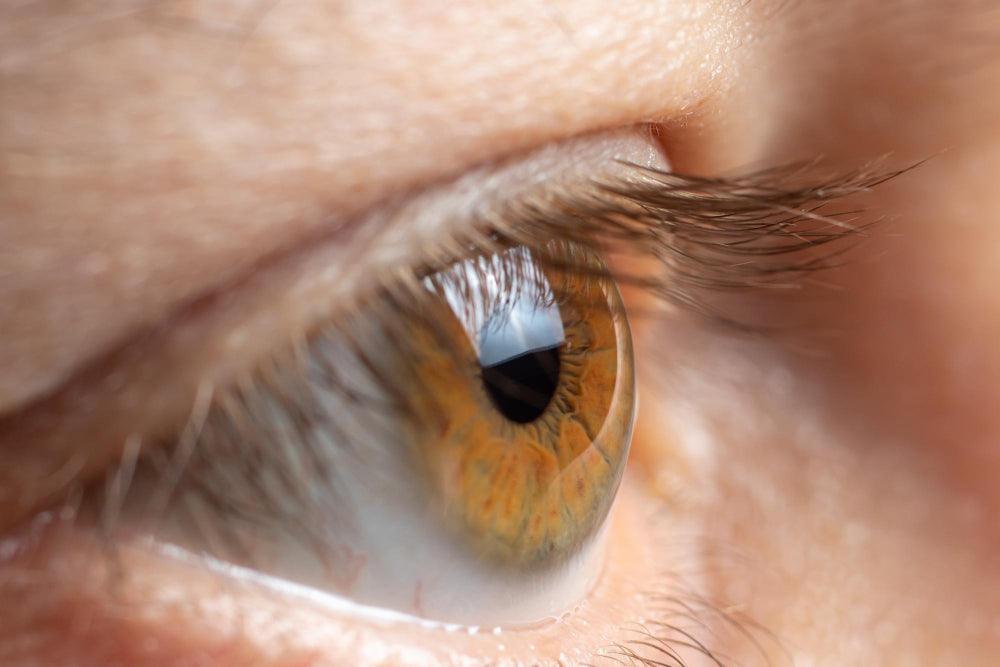
Related products
What’s covered?
Do Eyelashes Grow Back?
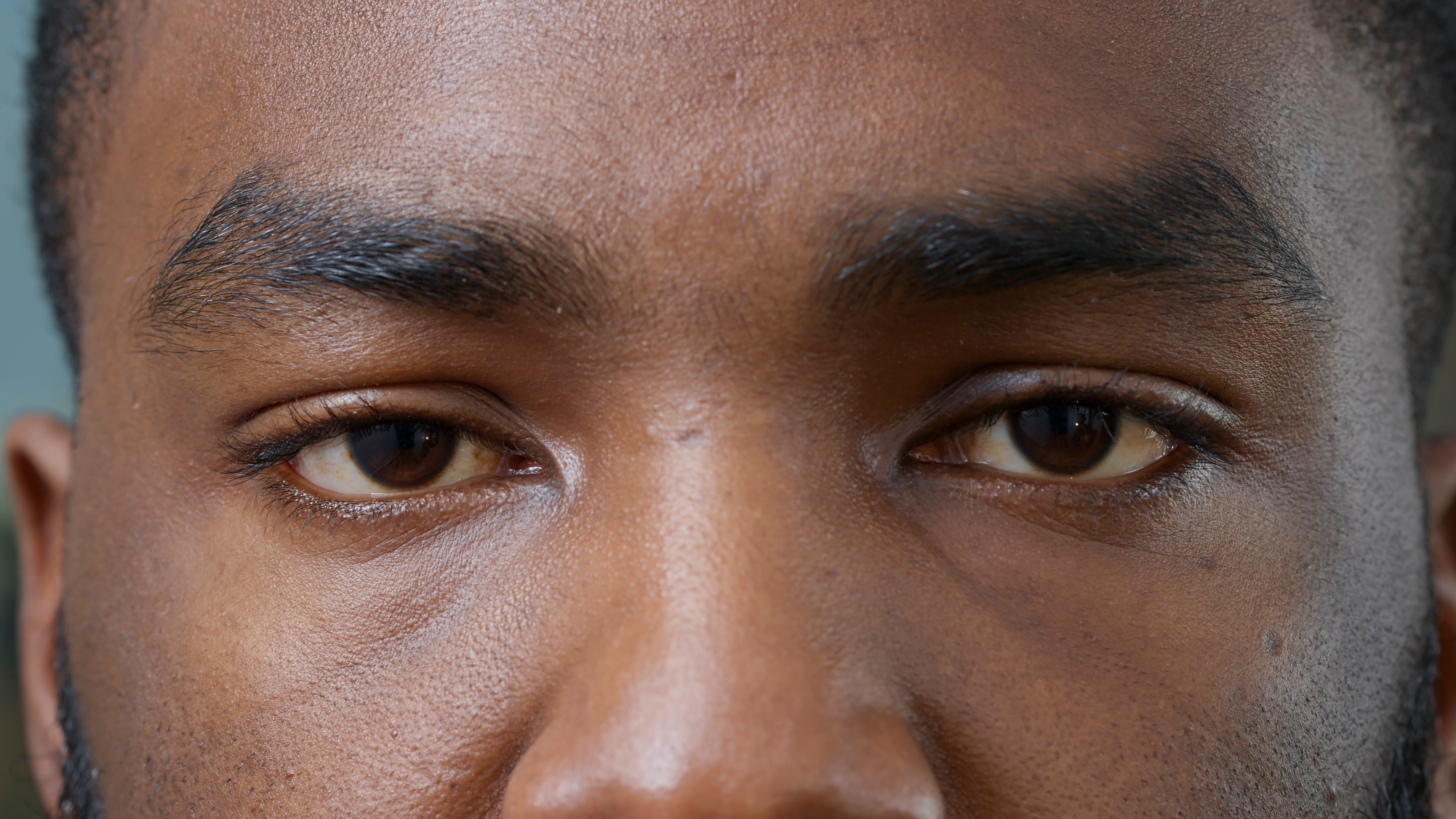
You may have noticed that your eyelashes fall out from time to time. This is a natural part of the life cycle of eyelashes, and it's nothing to be alarmed about.
Eyelashes grow during the growth phase and then fall out during the degradation phase. The growth phase can last anywhere from 3 months to 2 years, while the degradation phase lasts about four weeks to 6 months. During this time, your eyelashes will thin out until they fall out completely. The whole process repeats itself again once your eyelashes have regrown.
Some health conditions can lead to eyelash loss, including thyroid disease (underactive or overactive thyroid) and chemotherapy medication. But if you're not suffering from any of these thyroid conditions, don't worry! Your eyelashes will grow back eventually—they just might take longer than usual.
If you're concerned about losing your lashes completely or if you've noticed a sudden change in their appearance, talk with your doctor about whether topical medications might help slow down or prevent further loss.
Eyelashes are an important part of your facial appearance. They make your eyes appear more awake and alert, give you a more youthful appearance, and protect the eye from dust particles and other irritants. But what if your eyelashes suddenly start falling out? Although this is not common, it does happen occasionally for various reasons. The good news is that most people will have no problem getting their eyelashes back.
Eyelashes naturally fall out, but they grow back
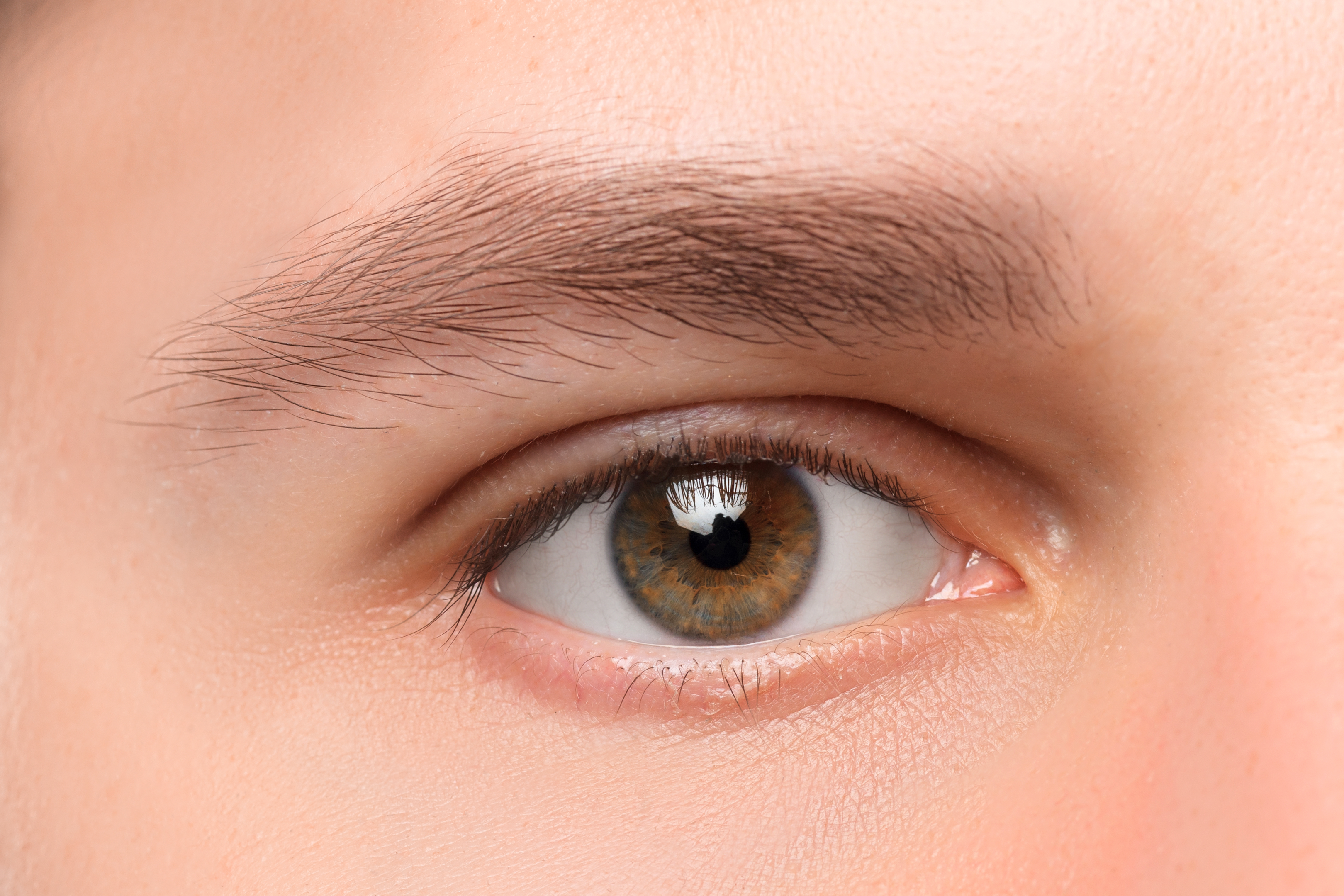
Your eyelashes are made up of dead cells, so they don’t grow back. Instead, your eyelashes grow in cycles and fall out at the end of each cycle. In some people, it takes a few weeks for them to grow back after falling out; in others, it can take months or years. The length of the cycle is determined by genetics and other factors, like age and health history. However, it is not unheard of for an individual's eyelash growth cycle to vary depending on these factors and environmental factors, like dust particles entering their eyes (which could irritate them).
Normal, healthy eyelashes usually grow back after they fall out
Eyelashes naturally fall out, but they grow back. You can help them to grow by applying mascara and eyelash curlers. They can also be trimmed or shaped with a pair of small scissors.
Your lashes may appear thin as you age, but this is usually due to a change in the length and curliness of the lashes rather than an actual loss of hair
Lashes are also affected by your age, as well as hormonal changes. If you're going through menopause and/or have other hormone imbalances, it's possible that your eyelashes will thin out or fall out entirely. This is normal and shouldn't last forever—eyelash regrowth should occur after they've shed themselves off the old hair follicles during the telogen phase (the resting phase).
Your lashes cycle through three phases: anagen (growth), catagen (transition) and telogen (resting). The average length of an eyelash is around 100 days, so if you notice an increase in shedding or a decrease in length or thickness, this may be due to an underlying condition like alopecia areata rather than just regular growth cycles.
If your eyelashes are noticeably thinning, or you have bald patches around your eye, medical treatments are available to encourage new eyelash hair growth.
The most common treatment is bimatoprost (Latisse®). Bimatoprost-induced eyelash growth is a medication that comes in a bottle with a dropper. It can be purchased over the counter from some pharmacies. It’s applied once daily at night to the base of your upper eyelashes with a small brush that’s included with the product. This will help thicken existing lashes, increase their length, and thicken and darken them. The results take about four months to show up but will last for many years after stopping using it
Eyelashes fall
Some people notice that their eyelashes seem thinner than normal. This might be a sign of a health condition such as alopecia areata, which is an autoimmune condition that causes hair loss in the eyelashes, eyebrows and scalp. If you are experiencing any type of hair loss, it's important to get it checked out by your doctor.
Alopecia areata can affect men and women at any age; however, it is most common in younger people between the ages of 15-30 years old or 40-50 years old. The cause of alopecia areata is not completely known, but it can be triggered by: stress or an illness like mononucleosis (mono) or hepatitis B infection; medications with side effects like high doses of corticosteroids (such as prednisone); certain types of cancer treatment; family history of alopecia areata; hormonal changes during pregnancy; physical trauma such as burns which affects the scalp area where hair grows.
If your hair loss is due to chemotherapy or radiation treatment for cancer, your lashes should grow back eventually
Chemotherapy and radiation treatments can cause temporary hair loss. Your hair may fall out and not grow properly for a few months, but it will usually grow back in time (although this varies from person to person).
The cause of the hair loss is usually temporary and related to the treatment itself. It's most likely to affect the front of your scalp first, although in some cases, it can also affect other parts of the body. This type of temporary baldness appears as small patches that are often more noticeable when wearing hats or scarves—especially if they're close-fitting ones like beanies or knitted caps.
If you think an underlying cause is responsible for your eyelash loss, talk to your doctor about treatment options
If you experience a change in your eyelash growth that concerns you, seek professional medical advice.
Your doctor may be able to determine if an underlying medical condition such as thyroid disorder is responsible for your eyelash loss. They may recommend certain tests or treatments if they suspect such a condition. For example, some people with hypothyroidism (low levels of thyroid hormone) develop abnormal hair growth on their bodies and excessive shedding and thinning of the hair on their heads. The same can occur with eyelashes; if this causes concern, talk to your doctor about treatment options.
Lack of biotin (B7)
A lack of biotin (vitamin B7) can sometimes cause hair loss on the scalp and body, but it is not usually associated with bald patches on the eye. Eating foods like eggs, salmon, leafy greens and legumes will help ensure you get enough biotin in your diet.
In addition to not having enough biotin, you can also experience hair loss due to nutrient deficiencies. Biotin is a water-soluble B vitamin that helps with healthy skin, hair and nails. A lack of biotin (vitamin B7) can sometimes cause hair loss on the scalp and body, but it is not usually associated with bald patches on the eye. Eating foods like eggs, salmon, leafy greens and legumes will help ensure you get enough biotin in your diet.
Other nutrients that may help prevent eyelash loss include iron (found in red meat), calcium (found in dairy products) and Vitamin A & C which are found in fruits & vegetables
Hypothyroidism
If you are losing your eyelashes, it may be due to hypothyroidism. Hypothyroidism is a condition in which the thyroid gland does not produce enough hormones, and treatment with thyroid medication can reverse the problem and encourage regrowth of your lashes. If you think you may have hypothyroidism, talk to your doctor.
Conclusion
Our natural eyelashes are a fascinating part of our bodies. They help keep dust and other particles out of our eyes, protect our corneas from dust and bacteria, and enhance the appearance of our faces. So it is natural that when we lose them, we worry about how long it will take for them to grow back. While there are many causes for eyelash loss, including genetics, illness or trauma, most people notice their eyelashes fall out because they're ageing or due to certain medications or treatments. If you're concerned about your eyelashes thinning out over time - talk with your doctor about treatment options such as laser therapy or prescription drugs that could help encourage regrowth!
To learn more about hair loss, read out hair loss treatment information page, here.
Related Services
- Hair loss treatment
- Finasteride
- Female hair loss blood test
- Alpecin Shampoo
- Regaine
- Regaine for women
- Regain foam for men
Related articles
- What vitamins support hair growth?
- Cures for itchy scalp and hair loss
- Can stress cause hair loss?
- Can masturbation cause hair loss?
- Can creatine cause hair loss?
- Best female hair loss treatments?
- The most common causes of hair loss
- How to cope with postpartum hair loss?
- How does DHT cause hair loss?
- Cures for itchy scalp and hair loss
- What vitamin deficiency causes hair loss?
- Can wearing a hat cause hair loss?
- Dutasteride vs Finasteride: What's Best for Hair Loss?
- Relationship between diet and hair loss
- Top 7 Hair loss treatments
- What happens if you stop taking finasteride?
- Does stress cause hair loss?
- Why do men go bald?
- Guide to hair thinning
- Hair thinning at the front - what are the options?
- 11 Ways you may be damaging your hair
- What is non-surgical hair replacement?
- Hair growth explained
- Why does hair fall out in clumps?
- 5 Signs of hair thinning
- How many hairs should you lose per day?
- Do I have a receding hairline?
- How to spot a balding crown
- Early signs of balding and how to stop it
- Regaine vs rogaine - what's the difference?
- How long does minoxidil take to work?
- What are DHT blocking shampoos?
- How to get rid of split ends

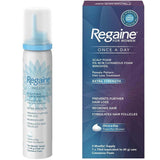






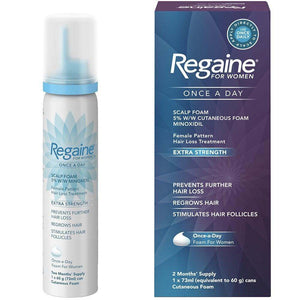

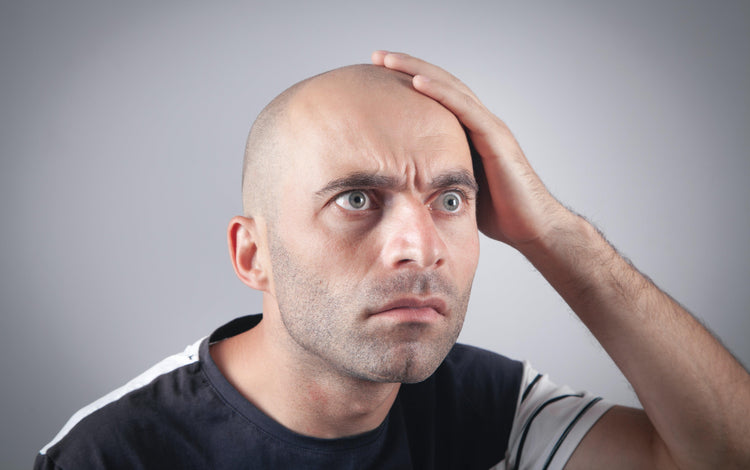
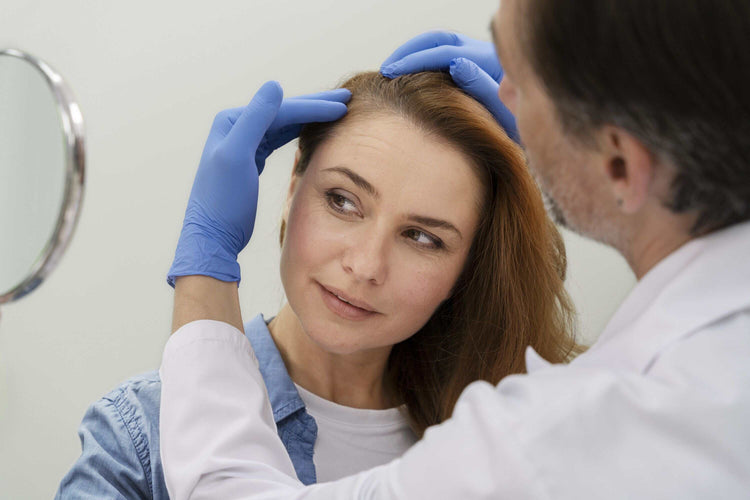

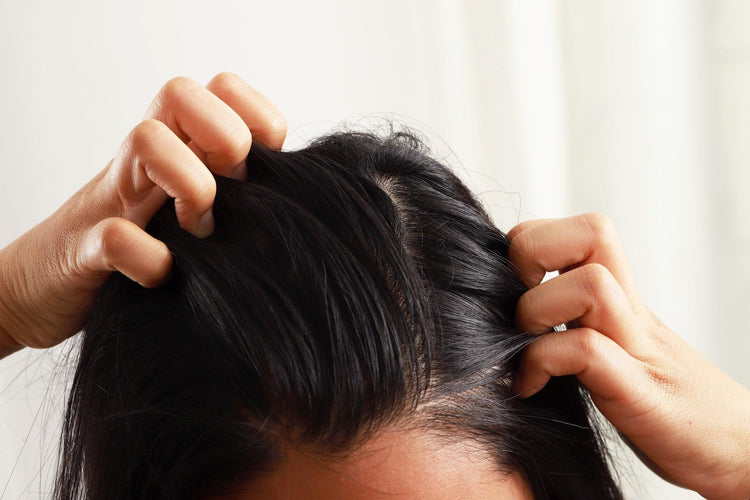
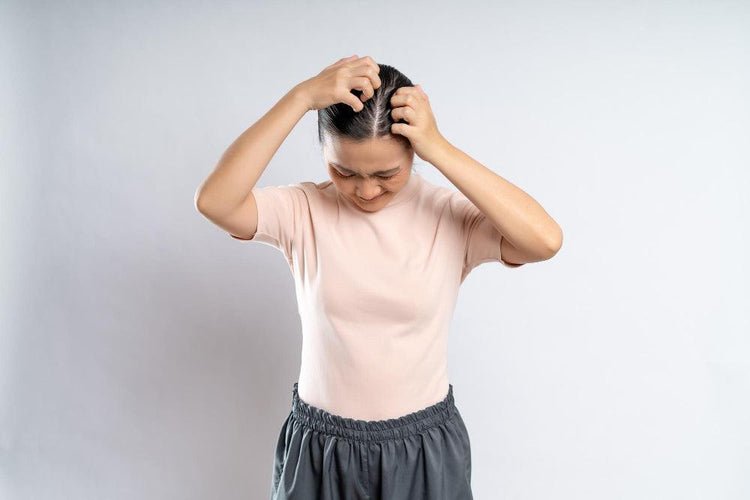
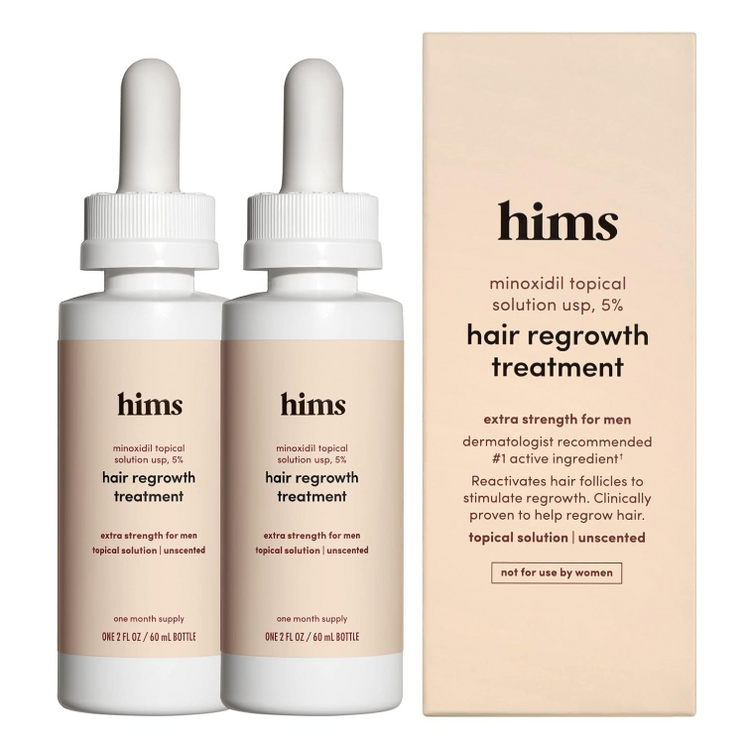


 Rated Excellent by 26,523+ Reviews
Rated Excellent by 26,523+ Reviews